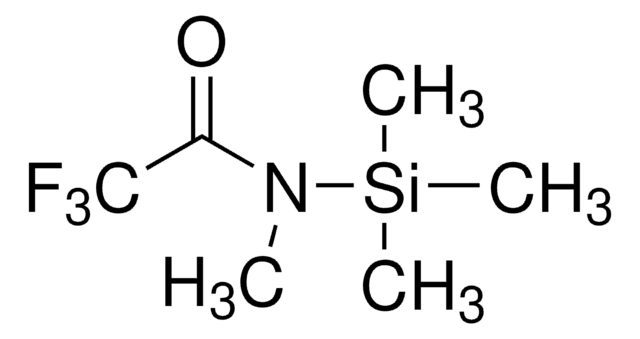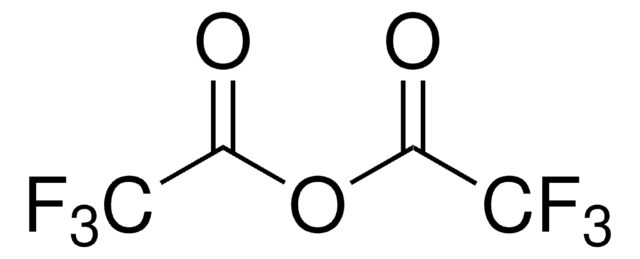79291
4-[2-(N,N-Dimethylamino)ethylaminosulfonyl]-7-(2-aminoethylamino)-2,1,3-benzoxadiazole
for HPLC derivatization, LiChropur™, ≥95.0% (HPLC)
Synonym(s):
4-[2-(N,N-Dimethylamino)ethylsulfamoyl]-7-(2-aminoethylamino)benzofurazan, 7-[(2-Aminoethyl)amino]-N-[2-(dimethylamino)ethyl]-2,1,3-benzoxadiazole-4-sulfonamide, DAABD-AE
About This Item
Recommended Products
grade
for HPLC derivatization
Quality Level
Assay
≥95.0% (HPLC)
form
powder
quality
LiChropur™
shelf life
limited shelf life, expiry date on the label
technique(s)
HPLC: suitable
storage temp.
2-8°C
SMILES string
CN(C)CCNS(=O)(=O)c1ccc(NCCN)c2nonc12
InChI
1S/C12H20N6O3S/c1-18(2)8-7-15-22(19,20)10-4-3-9(14-6-5-13)11-12(10)17-21-16-11/h3-4,14-15H,5-8,13H2,1-2H3
InChI key
QKTBJERNSIEPPM-UHFFFAOYSA-N
Application
Packaging
Legal Information
Storage Class Code
11 - Combustible Solids
WGK
WGK 3
Flash Point(F)
Not applicable
Flash Point(C)
Not applicable
Choose from one of the most recent versions:
Already Own This Product?
Find documentation for the products that you have recently purchased in the Document Library.
Customers Also Viewed
Our team of scientists has experience in all areas of research including Life Science, Material Science, Chemical Synthesis, Chromatography, Analytical and many others.
Contact Technical Service







